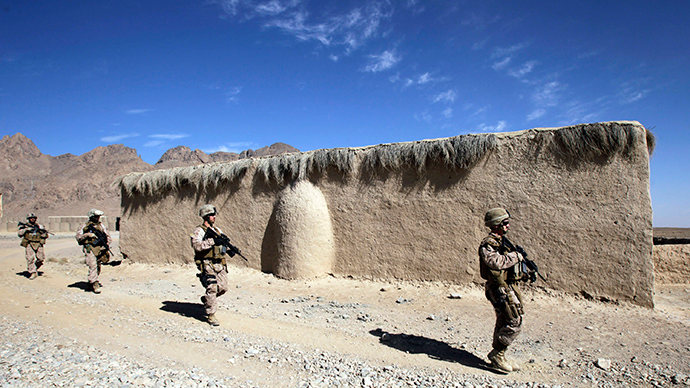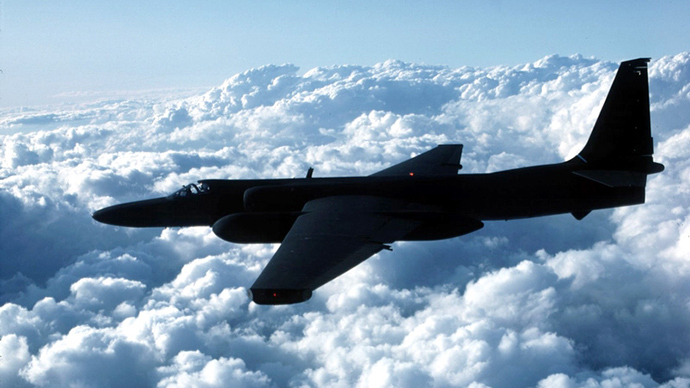US military plans steep cutbacks, roils ranks

Defense Secretary Chuck Hagel’s reported plan to scale back the US Army to its smallest numbers since World War II, as well as slashing pay and perks for service personnel, promises to be an uphill battle in Congress.
After more than a decade of fighting two protracted wars in Iraq and Afghanistan, the US military is showing some wear and tear, at least on the budgetary front. In an effort to adhere to President Obama’s pledge of scaling back military operations abroad, compounded by the grim reality of austerity measures following years of prodigious spending, the epoch of expensive US overseas military occupations appears to have waned, according to the New York Times.
The Pentagon envisions a leaner fighting machine that will still be able to win wars, but without the massive military footprint now stamped across much of the planet. Indeed, the traditional foot soldiers of the Army and Marines appear to be taking a backseat to a military more streamlined for naval operations.
While the US Navy will be allowed to keep its 11 aircraft carrier fleets, the other forces will take it on the chin in terms of overall troop strength. The US Army, which went from a post-September 11 high of 570,000 troops to 490,000 today, will continue to drop to between 440,000 and 450,000 under Hagel’s proposal, which was leaked to the Times by anonymous Pentagon officials.
This would reduce the troop strength of the US Army to its lowest level since 1940.

Meanwhile, a number of weapon systems deemed impractical by today’s military realities are expected to be axed from the budget.
Among the military hardware set for retirement is the Air Force A-10 Thunderbolt II attack aircraft, designed for destroying tanks in Western Europe at the height of the Cold War, as well as the U-2 spy plane, which is being replaced by the aerial drone Global Hawk.
At the same time, expenditures set aside for Special Operations and cyber warfare will not be affected by the cuts.
“You have to always keep your institution prepared, but you can’t carry a large land-war Defense Department when there is no large land war,” one senior Pentagon official told the US daily.
“We’re still going to have a very significant-sized Army,” the official added. “But it’s going to be agile. It will be capable. It will be modern. It will be trained.”
In its effort to balance its books while still fielding a battle-worthy fighting force, unpopular personnel cuts also will be an inevitable part of the trimming process.
The proposed spending overhaul is intended to conform with the Bipartisan Budget Act - agreed upon by President Obama and Congress in December - that places a cap on military spending at around $496 billion for fiscal year 2015.
Hagel is expected to recommend imposing limits on military pay raises, a higher deductible for medical benefits and reductions in tax-free housing allowances to free up billions of dollars from the defense budget.

The cutbacks will also include a one-year freeze on pay raises for top military brass, as well as reducing the $1.4 billion direct subsidies set aside for military families when purchasing groceries from commissaries.
"This is a real uphill battle with Congress," Mieke Eoyang, director of the National Security Program at Third Way, a Washington think-tank, told Fox News.
"God bless [Hagel] for trying to get a handle on these costs," she said. "But in this political environment, in an election year, it's going to be hard for members of Congress to accept anything that's viewed as taking benefits away from troops."
Military brass say they are not oblivious to the unpopularity of the cuts but see no choice given the decline in military spending.
"Personnel costs reflect some 50 percent of the Pentagon budget and cannot be exempted in the context of the significant cuts the department is facing," Department spokesman John Kirby told the Times. "Secretary Hagel has been clear that, while we do not want to, we ultimately must slow the growth of military pay and compensation."














